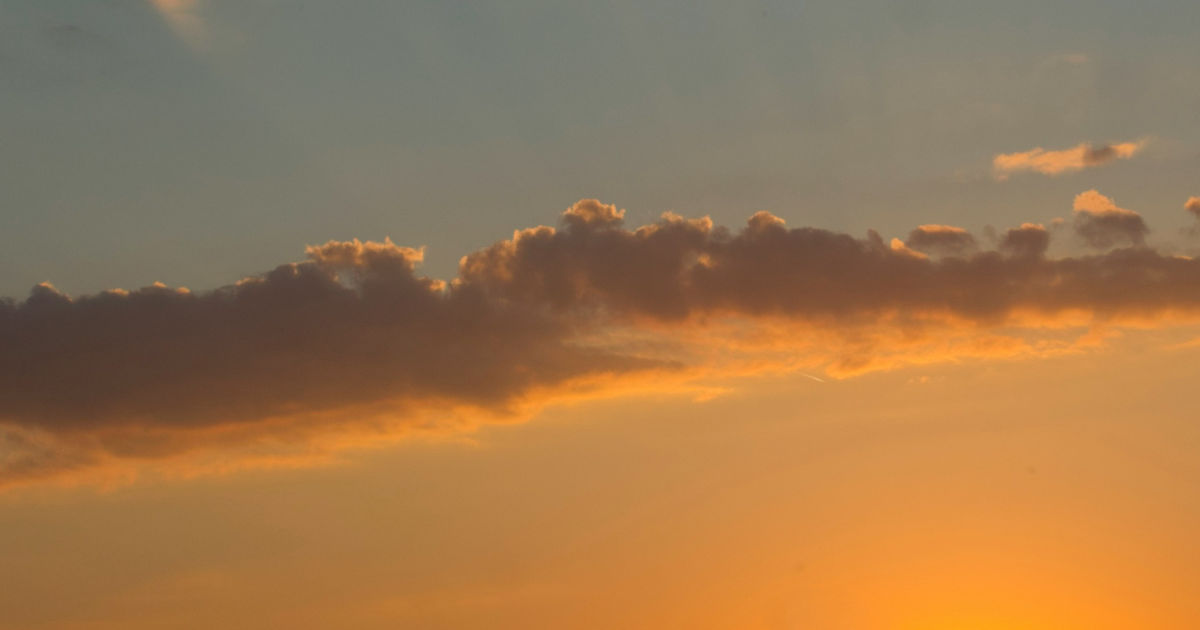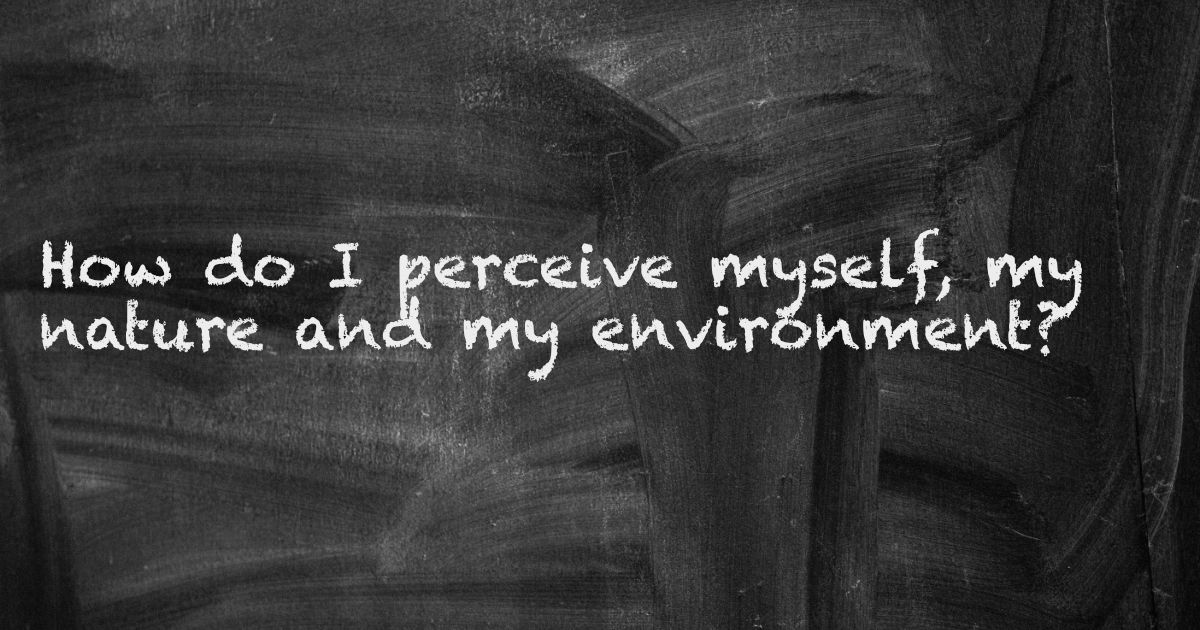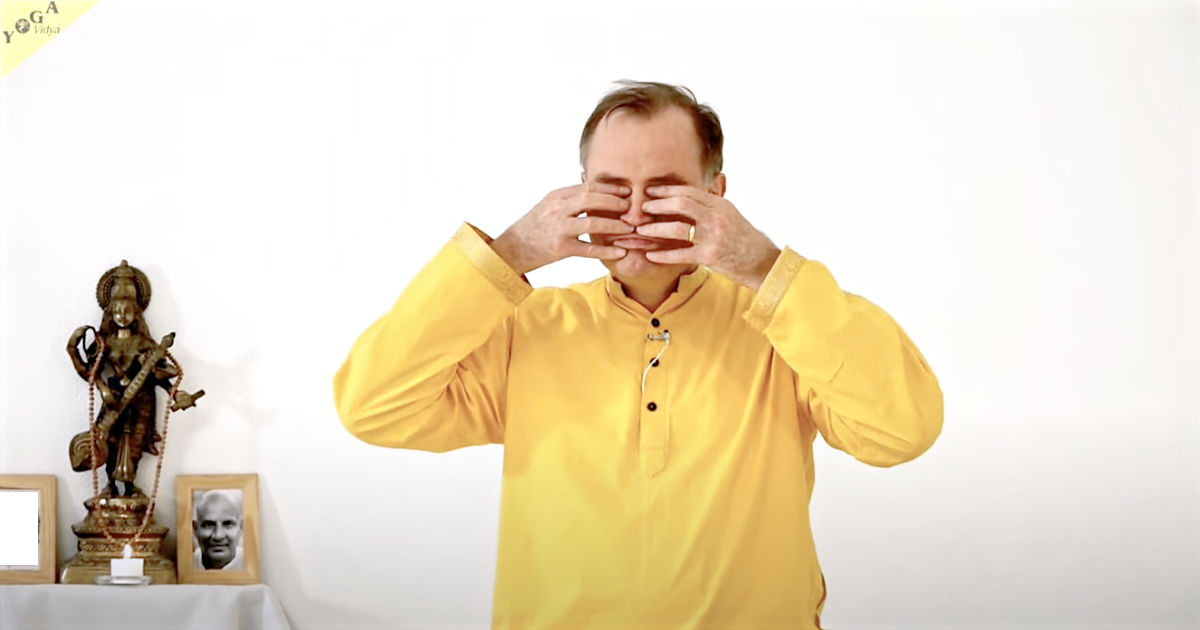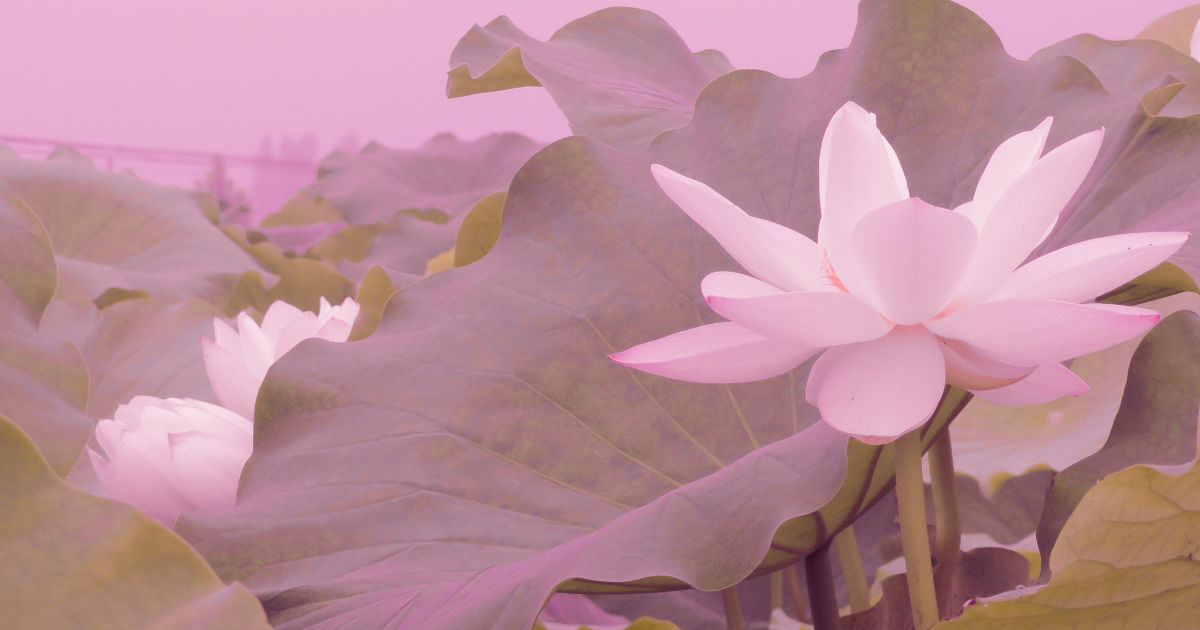Why chant three times? We chant because we are seeking peace in our body, mind and spirit. It also makes our past, present and future tranquil. We chant Aum at the beginning of our sadhana, at the end and then Shanti. Continue reading
Tag Archives: self-awareness
825 – The Brain is wider than the Sky
The Brain – is wider than the Sky –
For – put them side by side –
The one the other will contain
With ease – and you – beside –
The Brain is deeper than the sea –
For – hold them – Blue to Blue
The one the other will absorb –
As sponges – Buckets – do –
The Brain is just the weight of God –
For Heft them – Pound for Pound –
And they will differ – if they do –
As Syllable from Sound –
Emily Dickinson, 1862
780 – A clean slate
What is the color of slate? It varies from grey-blue, greenish-grey, black tan or purplish grey. My grandma was deaf and she had a dark, grey slate on which we would write. The slate I am writing about is the slate of one’s being. Continue reading
618 – Brahma Vidya
What does Vidya mean? Vidya means correct knowledge in any field of science, learning, philosophy or any factual knowledge that cannot be disputed or refuted. Its root is Vid (Sanskrit) which means to reason upon, knower, finding, knowing, acquiring or understanding. Vidya is also the name of Saraswati. Continue reading
581 – Atma deepo bhava
Be your own light.
Heraclitus’s famous analogy of life to a river: “Upon those who step into the same rivers, different and ever different waters flow down.” Heraclitus was an ancient Greek philosopher. The central idea of his philosophy was the unity of opposites and the concept of change. He observed the world as being in a state of constant flux. Nothing remains the same and the world is impermanent. It is changing continuously. Our ignorance is responsible for this false perception. Adi Shankara calls this ignorance avidya and to remove this we need that light, which is from within. Continue reading
580 – Ether and the power of speech
The Latin root of Ether is aether, which means, “the upper, pure, bright air.” Ether was described as a substance that was said to fill all space and make up all bodies. Ether is the fifth and highest element after air, fire, water and earth. It is believed to be the substance composing all heavenly bodies. Continue reading
568 – Chant with your heart – the original
The practices of Ajapa Japa were given by Swami Satyananda Saraswati in 1963 in Cama Hall, Bombay.
In his talk, he has given six practices for the followers of Yoga. They are simple and easy to follow. What is essential is that the Ajapa Japa sadhana has to be practiced for a month. I have written the sadhana as he gave it and it is simply said by the Guru for all to follow. Continue reading
567 – Chant with your heart – part 6
Soham with Shanmukhi Mudra.
This last stage is the most difficult and requires intense imagination, patience and control over the breathing process. First practice Shanmukhi mudra. Close your ears with the thumbs. Close your eyes with the index fingers, and lips with the ring and little fingers. Take a deep breath in and then close your nostrils with your middle fingers. Continue reading
553 – Introspect on your actions
It is said that meditation creates a fire which burns away our sins. What is sin? Actions which create uneasiness and abnormal feelings in the mind are sins. – Swami Satyananda Saraswati
If you do what is right, will you not be accepted? But if you do not do what is right, sin is crouching at your door; it desires to have you, but you must master it. – Genesis 4:7
What comes out of a person is what defiles them. – Mark 6:20-23
A joyful heart is good medicine, but a crushed spirit dries up the bones. – Proverbs 17:22
512 – Satyananda Yoga
In Satyananda Yoga Asana and Pranayama are the first and second steps. These steps give one an understanding of annamaya kosha, the experience of matter and pranayama kosha, the experience of energy. The balancing of matter and energy is enabled through the practice of asanas and pranayama the third and fourth step, the practice of pratyahara and dharana are taught, in order to make the mind one pointed. Continue reading
505 – Who is perfect?
We are all perfect and with perfection comes imperfection. I know this is like a riddle my dear ones. Pause and think.
Is anyone of us an ideal person?
Are we faultless?
Are we outstanding all the time?
Are we always impeccable in our behavior?
Are we adept at everything we do?
And the list goes on… Continue reading
381 – What is the purpose of going into a trance?
I love Bob Dylan and House and every time I say that in the presence of young people their eyebrows become like centipedes. They are shocked, because their perception is that one has to be stoned in order to enjoy this music. Notwithstanding Bob Dylan got the noble prize for poetry. Continue reading
283 – How to define bitterness
“The rule is jam tomorrow and jam yesterday – but never jam today.” Lewis Caroll
Many of us would be bitter if we did not have jam every day.
“Patience is a bitter plant, but it has a sweet fruit.” Chinese proverb.
“Don’t be sweet lest you be eaten up; don’t be bitter lest you be spewed out.” Jewish proverb.
Bitter taste is composed from air and ether element. We are all familiar with the taste. Many of us avoid the bitter taste, however it benefits us immensely. It is cooling and is considered the coldest out of all the tastes. It is cold, light and dry. Its virtues are clarity, introspection, self-awareness, and healthy detachment. Its negative traits are cynicism, rejection, boredom, isolation, separation and loneliness. Its location is on the middle edges, and on the left and right sides, (and a small band across the middle) of the tongue. Its movement is downwards. It works on the liver, pancreas and spleen. It is deeply cleansing for the body. It improves the appetite and all the other tastes. Continue reading













